Rye dazzles with its glittering coastline, distinguished architecture from historic Colonials to sleek Contemporaries, and its standing among the nation’s most affluent suburbs. Its greatest distinction, many believe, lies in something more timeless: generations of residents who have fiercely protected Rye’s abundant green spaces.
Centuries before Rye grew into the community it is today, its fertile soil produced corn, beans, and pumpkins, while the Long Island Sound offered a steady supply of clams and oysters. That reverence for nature endures today, shaping Rye’s identity as the Lower Westchester town with the most dedicated green spaces. This invaluable asset for residents of all ages is enjoyed by families eager for children to explore the outdoors as well as individuals who cherish wandering through wildflower meadows, listening for birdsong, and pausing to watch butterflies and frogs in their natural habitats.
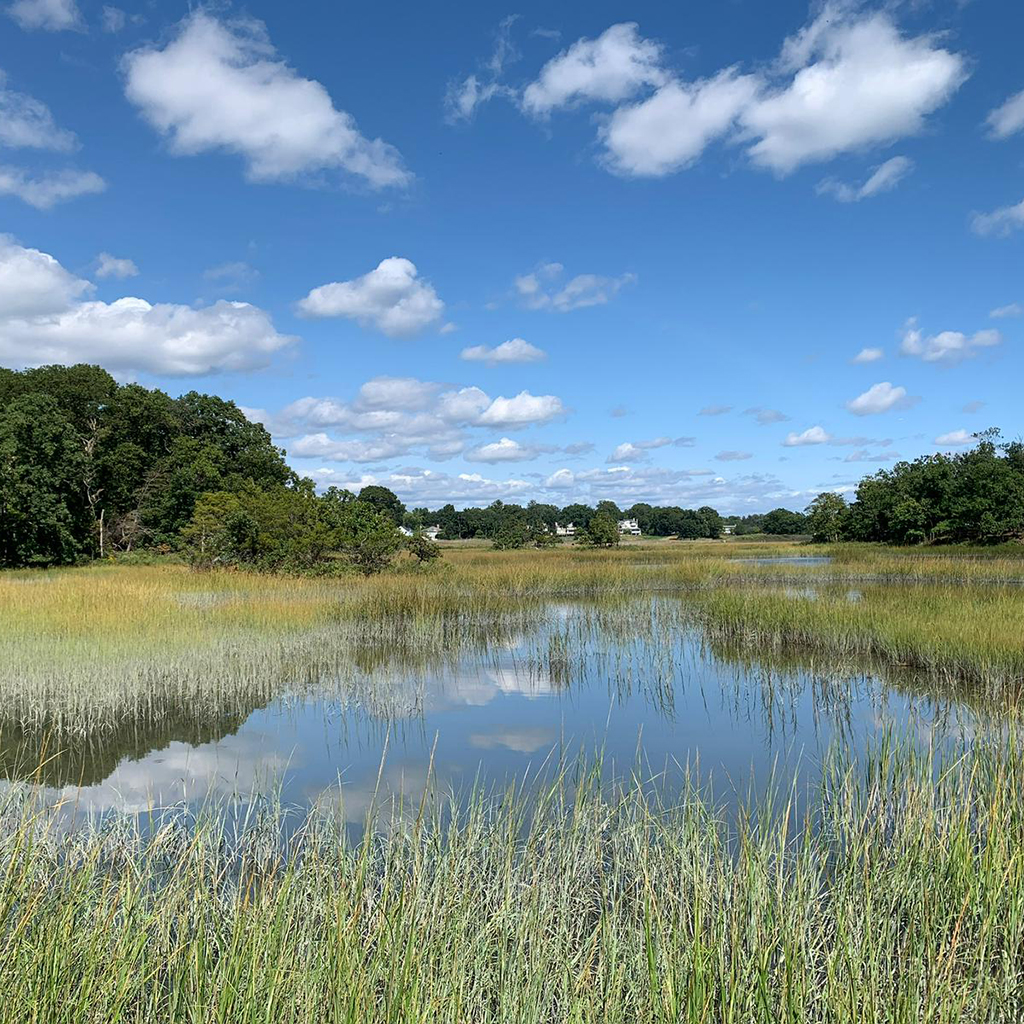
For those who choose to call Rye home, the Marshlands Conservancy, a nature preserve, can be an extension of daily life.
Bordering Milton Harbor and the Sound, the Marshlands Conservancy‘s 147 acres encompass woodlands, meadows, and Westchester’s largest salt marsh. Three miles of trails wind through landscapes that shift with the seasons, offering morning glimpses of the Sound’s sparkle, sightings of deer and wild turkeys, and a sanctuary for birdwatchers who flock to see more than 230 species that pause along the Atlantic flyway. The tidal marsh is one of the few in New York State open to the public, inviting quiet reflection where freshwater streams meet the sea.
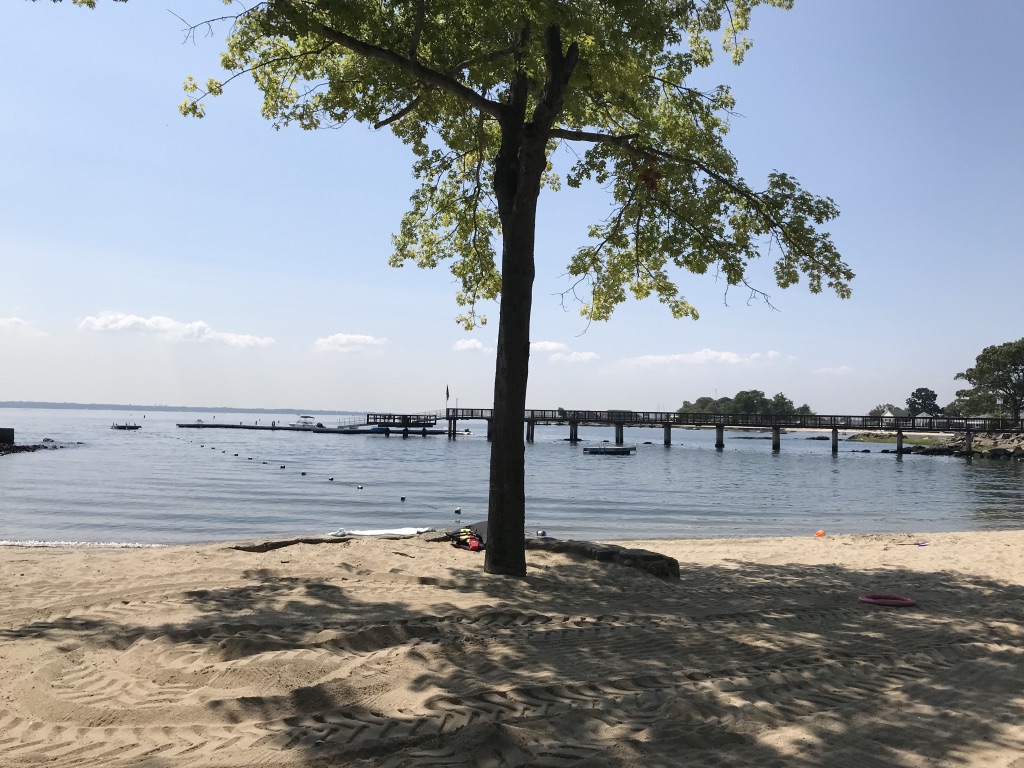
Equally beloved is the Edith Read Wildlife Sanctuary, which offers 179 acres of trails, diverse habitats, and a shoreline along the Sound.
Named for Edith Gwynne Read, a lifelong Rye resident, conservationist, and city councilwoman, the Edith Read Wildlife Sanctuary reflects her tireless fight against overdevelopment and pollution. Further inland lies the Rye Nature Center, another gem to which Read devoted her energies. Nestled on 47 wooded acres in the heart of town, it offers trails, granite outcroppings, and tranquil ponds just minutes from downtown. Families flock to its programs such as maple sugaring in late winter, hands-on science workshops, and summer nature camps. The nonprofit Friends of Rye Nature Center ensures it remains accessible to all through initiatives such as the Nature Access Fund.
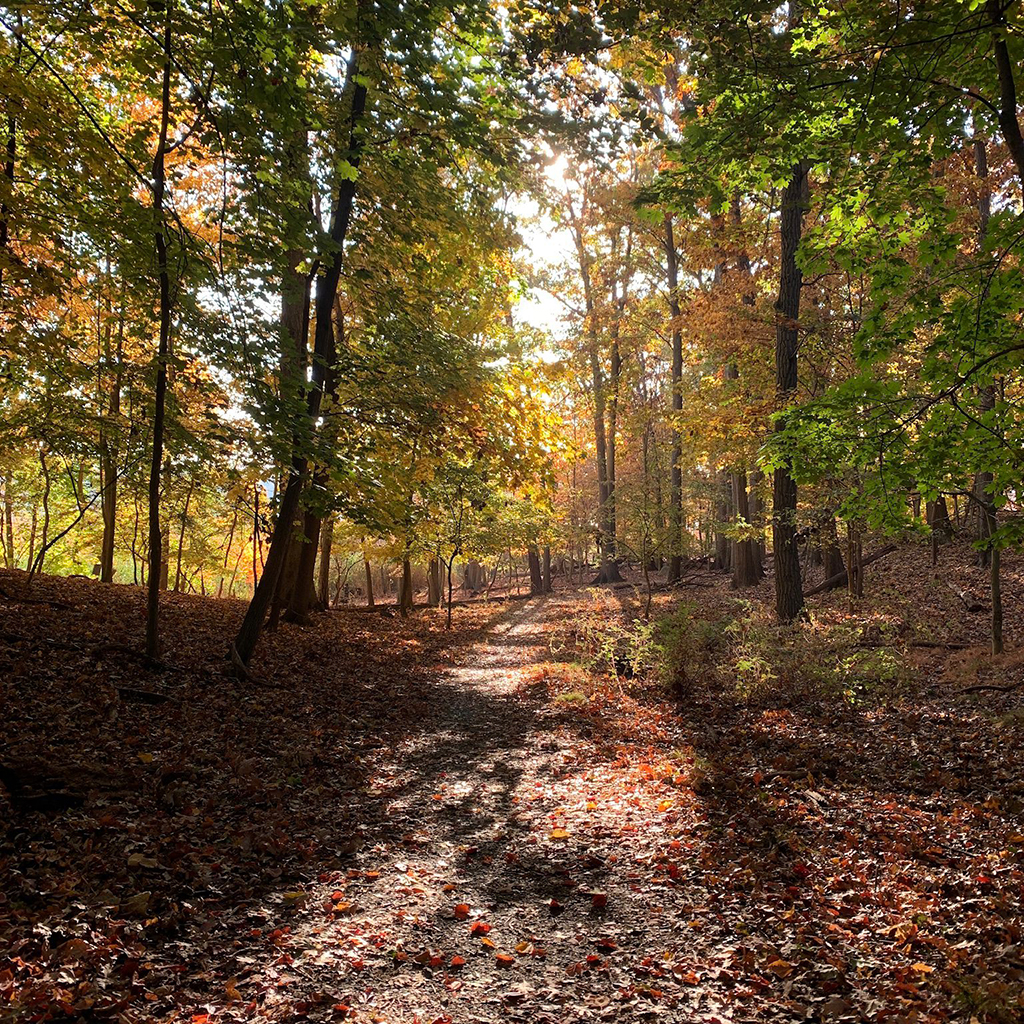
Despite being a relatively small city of 16,000, Rye has a stalwart Sustainability Committee, which helps draft progressive environmental and conservation legislation, and it boasts not one but three garden clubs that have long shaped the town’s beauty and ecological stewardship.
Since 1915, the Rye Garden Club, a member of the Garden Club of America, has cultivated gardens and community pride. Its membership, including the late Edith Read, enhance public spaces at Parsons Fields, the Rye Museum, and the Rye Transfer Station, while their seasonal plantings brighten Purchase Street. Beyond beautification, RGC annual plant sales, workshops, and lectures support conservation and environmental awareness. For more than a century, the Club has been a steward of Rye’s natural and cultural landscape.
Founded in 1931, the Little Garden Club of Rye (LGCR) carries an equally distinguished legacy. (Full disclosure: I have been a member since 2017.) The members tend six civic gardens, including the Knapp House Kay Donahue Kitchen Garden, the Rye Train Station, and the Rye Post Office. Conservation efforts include restoring habitats at the Rye Nature Center and maintaining its Native Plant Garden. In the 1970s, LGCR helped defeat the proposed Robert Moses Bridge and, together with the Rye Garden Club, saved the 44-acre Parsons Tract, now the Rye Nature Center. Today, it remains a civic force, hosting the Annual Daffodil Show—free and open to the public—and ensuring Rye’s landscapes continue to flourish.
The Ceres Garden Club has added its own mark, redesigning the Marion Kirby Garden at Rye Rec Center with native perennials such as Hydrangea quercifolia, Baptisia, Asclepias tuberosa, Rudbeckia hirta, and Cornus sericea. For Arbor Day, members planted a native tree on the grounds, and for Thanksgiving, created greenery baskets delivered to Meals on Wheels recipients.
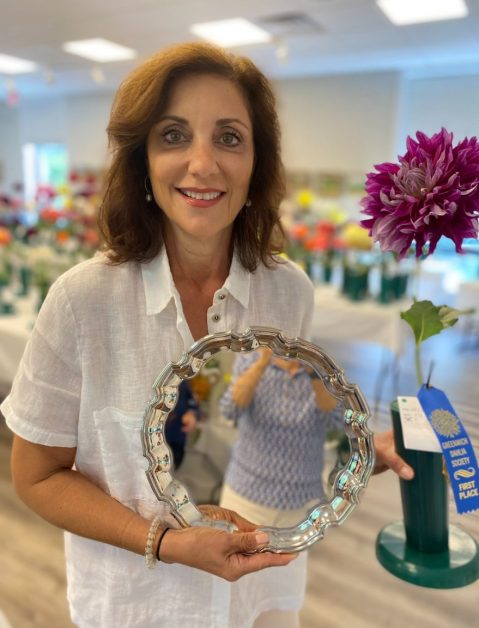
In Rye, natural beauty is more than a backdrop—it is the town’s very identity.
From sweeping preserves and shoreline sanctuaries to civic gardens tended by passionate residents, Rye offers an exceptional lifestyle where families can embrace both sophistication and sustainability. For environmentally minded luxury buyers, the chance to live amid such abundant green space is not simply a perk—it is a promise of quality of life, rooted in history and preserved for the future
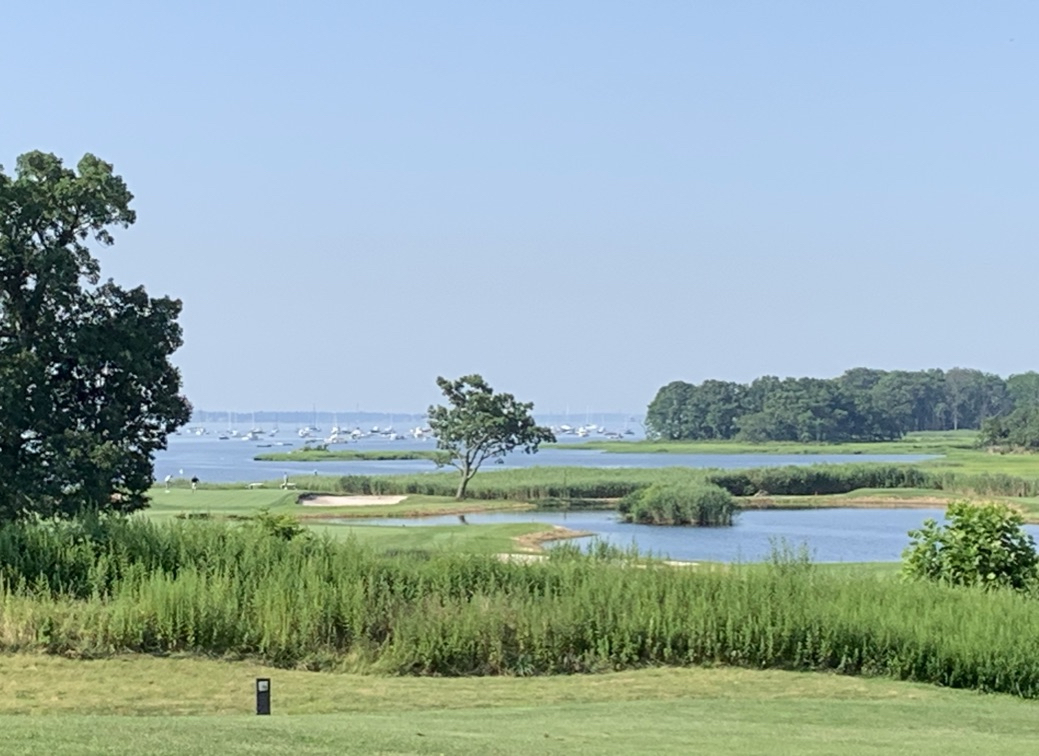

Marianna Amato
Real Estate Salesperson
Rye Brokerage
M (914) 325-5330 O (914) 325-5330 mamato@houlihanlawrence.com View WebsiteAbout Marianna Amato
Marianna Amato is a trusted professional, known for guiding her clients seamlessly through every step of the real estate process. Born and raised in Harrison, she is a true local resource with deep market knowledge and strong community ties. Before real estate, Marianna enjoyed a three-decade career as a successful New York City art director, working with high-profile clients. Her creativity and artist’s eye shine through in her ability to stage, market, and transform homes, presenting the best possible lifestyle to prospective buyers.
Fluent in English and Italian, Marianna combines sharp negotiating skills with patience, attention to detail, and an unwavering commitment to first-class customer service. Experienced in renovations herself, she understands how to maximize value and appeal. Actively engaged in civic beautification and conservation as a member of the Little Garden Club of Rye, she brings the same dedication to her community as she does to her clients. Whether buying, selling, renting, or investing, Marianna offers the expertise and creativity to ensure a successful, stress-free transaction.